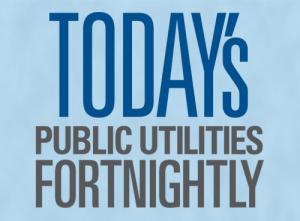Electric rates were actually lower in September than a year ago, for northeast and midwest households, with and without adjusting for inflation. As a consequence, the nationwide Consumer Price Index component for electricity rose just seven-tenths of a percent year-over-year. While the overall CPI rose significantly more, by one and seven-tenths of a percent.

Electric rates were higher in September than a year ago, for south and west households, without adjusting for inflation. In the west, adjusting for inflation makes electric rates for those households lower than in September of 2018. In the south, adjusting for inflation makes the rise in electric rates for those households slight though still positive.
It’s interesting to look at the long-term trends by region. The years of 1982 through 1984 are the benchmark for the CPI. What’s happened to electric rates in the thirty-five years since?
Nationally, and in the northeast, midwest and south, households’ electric rates have roughly doubled in those thirty-five years, without adjusting for inflation. The electricity component’s indices for the national average, the northeast, midwest and south are 216.938, 201.717, 209.303 and 194.256 respectively. All around 200, which is a doubling.
The CPI overall indices for the national average, the northeast, midwest and south are 256.759, 270.563, 238.847 and 246.891 respectively. In each case these indices are quite a bit higher than those for a region’s electricity component. This means that while electric rates doubled without adjusting for inflation, rates fell significantly with adjusting for inflation. Electricity is in effect less expensive than in the early nineteen-eighties.
However, that’s not the case for households in the west. The electricity component’s index is 295.549. The CPI overall index is 272.102. In the west, inflation has been greater than in the other regions of the country, but electric rates have somewhat outpaced inflation. Among the reasons, as compared to thirty-five years ago, low-cost hydroelectric facilities are a smaller factor in the west’s electric generation mix.


